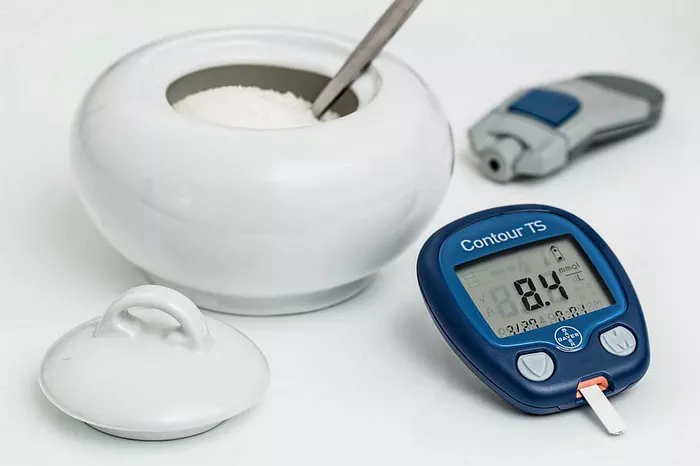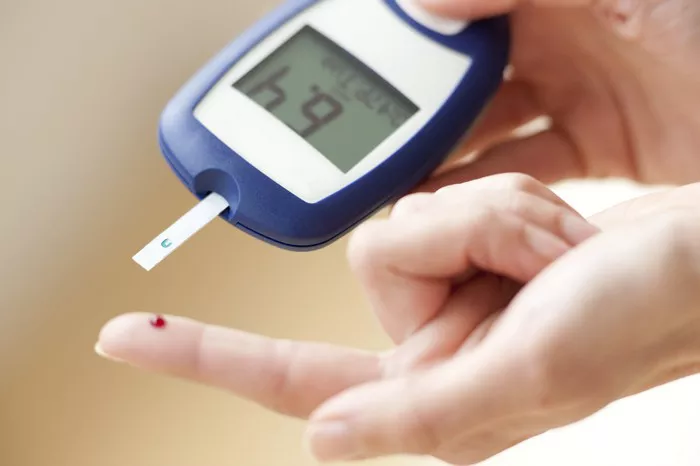Insulin resistance, a condition where cells fail to respond effectively to insulin, has long been associated with elevated blood sugar levels and the development of type 2 diabetes mellitus (T2DM). However, a perplexing phenomenon has emerged in clinical practice: individuals exhibiting signs of insulin resistance despite maintaining seemingly normal blood sugar levels. This paradox raises crucial questions about our understanding of insulin resistance, its implications for metabolic health, and the potential implications for patient care.
Deciphering Insulin Resistance
Insulin, a hormone secreted by the pancreas, plays a pivotal role in regulating blood sugar levels by facilitating the uptake of glucose into cells. In insulin resistance, cells become less responsive to the action of insulin, leading to impaired glucose uptake and consequently, elevated blood sugar levels. Traditionally, insulin resistance has been closely linked to prediabetes and T2DM, characterized by hyperglycemia and often accompanied by other metabolic abnormalities such as obesity, dyslipidemia, and hypertension.
The Enigma of Normal Blood Sugar
The conventional paradigm of insulin resistance hinges on the premise of hyperglycemia. However, an increasing body of evidence challenges this assumption, suggesting that insulin resistance can exist independently of elevated blood sugar levels. This phenomenon, termed “normal blood sugar insulin resistance,” has garnered significant attention in recent years, prompting a reevaluation of existing diagnostic criteria and treatment approaches.
Clinical Insights:
Identifying Normal Blood Sugar Insulin Resistance
The diagnosis of normal blood sugar insulin resistance poses a clinical conundrum, as traditional measures of glycemic control may fail to detect underlying metabolic dysfunction. While fasting blood glucose and hemoglobin A1c (HbA1c) levels remain within the normal range, other metabolic parameters may provide valuable insights into insulin sensitivity. Key indicators include:
Insulin Levels:
Individuals with normal blood sugar insulin resistance often exhibit elevated fasting insulin levels, reflecting compensatory hyperinsulinemia in response to insulin resistance. Measurement of fasting insulin levels or insulin resistance indices such as the Homeostatic Model Assessment of Insulin Resistance (HOMA-IR) can aid in the detection of underlying insulin resistance.
Inflammatory Markers:
Chronic low-grade inflammation is closely intertwined with insulin resistance and metabolic dysfunction. Elevated levels of inflammatory markers such as C-reactive protein (CRP), interleukin-6 (IL-6), and tumor necrosis factor-alpha (TNF-α) may serve as additional indicators of metabolic dysregulation in individuals with normal blood sugar insulin resistance.
Lipid Profile:
Dyslipidemia, characterized by elevated triglycerides, decreased high-density lipoprotein cholesterol (HDL-C), and increased small dense low-density lipoprotein cholesterol (sdLDL-C), is a common feature of insulin resistance. Assessment of lipid parameters can offer valuable insights into metabolic health and the presence of underlying insulin resistance.
Mechanisms Underlying Normal Blood Sugar Insulin Resistance
The pathophysiology of normal blood sugar insulin resistance remains incompletely understood, but several mechanisms have been proposed to elucidate this enigmatic phenomenon:
Ectopic Fat Deposition:
Accumulation of fat in non-adipose tissues, such as the liver, muscles, and pancreas, contributes to insulin resistance independent of obesity or overt hyperglycemia. Ectopic fat deposition disrupts insulin signaling pathways and impairs glucose metabolism, predisposing individuals to normal blood sugar insulin resistance.
Adipose Tissue Dysfunction:
Adipose tissue serves as a dynamic endocrine organ involved in the regulation of insulin sensitivity and metabolic homeostasis. Dysfunction of adipose tissue, characterized by adipocyte hypertrophy, inflammation, and altered adipokine secretion, can promote insulin resistance even in the absence of overt obesity or hyperglycemia.
Mitochondrial Dysfunction:
Impaired mitochondrial function, characterized by reduced oxidative capacity and increased reactive oxygen species (ROS) production, is implicated in the pathogenesis of insulin resistance. Mitochondrial dysfunction disrupts cellular energy metabolism and exacerbates insulin resistance, contributing to the development of normal blood sugar insulin resistance.
Clinical Implications and Management Strategies
The recognition of normal blood sugar insulin resistance challenges traditional paradigms of diabetes care and underscores the importance of a comprehensive metabolic assessment in clinical practice. Given the inherent limitations of glycemic-based diagnostic criteria, clinicians must adopt a multifaceted approach to evaluate metabolic health and identifyindividuals at risk of normal blood sugar insulin resistance.
Conclusion
In conclusion, normal blood sugar insulin resistance represents a fascinating yet perplexing manifestation of metabolic dysfunction, challenging conventional notions of insulin resistance and glycemic control. The elucidation of underlying mechanisms and the development of targeted therapeutic strategies hold the promise of improving outcomes for individuals with normal blood sugar insulin resistance, paving the way for personalized approaches to metabolic health and disease prevention. As our understanding of insulin resistance continues to evolve, further research is warranted to unravel the complexities of this enigmatic condition and optimize clinical care for affected individuals.
Related topics:



























